Treatment of elevated homocysteine. Elevated Homocysteine: Impacts on Blood Vessels and Treatment Options
What is homocysteine and how does it affect your cardiovascular health. How can high homocysteine levels be harmful to your blood vessels. What causes elevated homocysteine and how is it measured. What are the effective ways to lower homocysteine levels naturally. When should you consider supplements for homocysteine management.
Understanding Homocysteine: The Amino Acid That Impacts Your Cardiovascular Health
Homocysteine is an amino acid produced naturally in the body as part of protein metabolism. While it plays a role in various biological processes, elevated levels of homocysteine in the blood can pose significant risks to cardiovascular health.
How does homocysteine affect your blood vessels? High levels of this amino acid can damage the lining of arteries and increase blood clotting tendency. This combination of effects can lead to an increased risk of blood vessel blockages, potentially resulting in serious cardiovascular events.

The Dangers of Elevated Homocysteine
When homocysteine levels are too high, it can contribute to the formation of blood clots, known as thromboses. These clots can travel through the bloodstream and cause severe complications:
- Pulmonary embolism: A clot that becomes lodged in the lungs
- Stroke: A clot that blocks blood flow to the brain
- Heart attack: A clot that obstructs blood flow to the heart
Individuals with very high homocysteine levels are at an increased risk for heart disease and other cardiovascular problems. This makes managing homocysteine levels an important aspect of maintaining overall heart health.
Causes and Risk Factors for High Homocysteine Levels
What causes homocysteine levels to rise above normal ranges? Several factors can contribute to elevated homocysteine:
- Nutritional deficiencies: Insufficient intake of folate (folic acid), vitamin B6, or vitamin B12
- Thyroid dysfunction: Low levels of thyroid hormone
- Kidney disease: Impaired renal function
- Psoriasis: A chronic skin condition
- Certain medications: Some drugs can interfere with homocysteine metabolism
- Genetic factors: Family history of hyperhomocysteinemia
Understanding these causes is crucial for developing effective strategies to manage homocysteine levels and reduce associated health risks.

Measuring and Monitoring Homocysteine Levels
How is homocysteine measured in the body? A simple blood test can determine your homocysteine levels. However, this test is not routinely performed and is typically ordered only when a healthcare provider suspects elevated levels based on risk factors or symptoms.
If your homocysteine level is found to be high, your doctor may recommend taking steps to lower it, especially if you have existing blood vessel blockages or other cardiovascular risk factors. In some cases, a watchful waiting approach may be adopted, where levels are closely monitored without immediate intervention, particularly if you have no other major risk factors for cardiovascular disease.
It’s important to note that while lowering homocysteine levels is generally considered beneficial, studies have not conclusively shown that this reduction directly leads to fewer strokes, heart attacks, or other cardiovascular events. Nevertheless, given the association between high homocysteine and heart disease risk, managing these levels remains a prudent strategy for overall cardiovascular health.
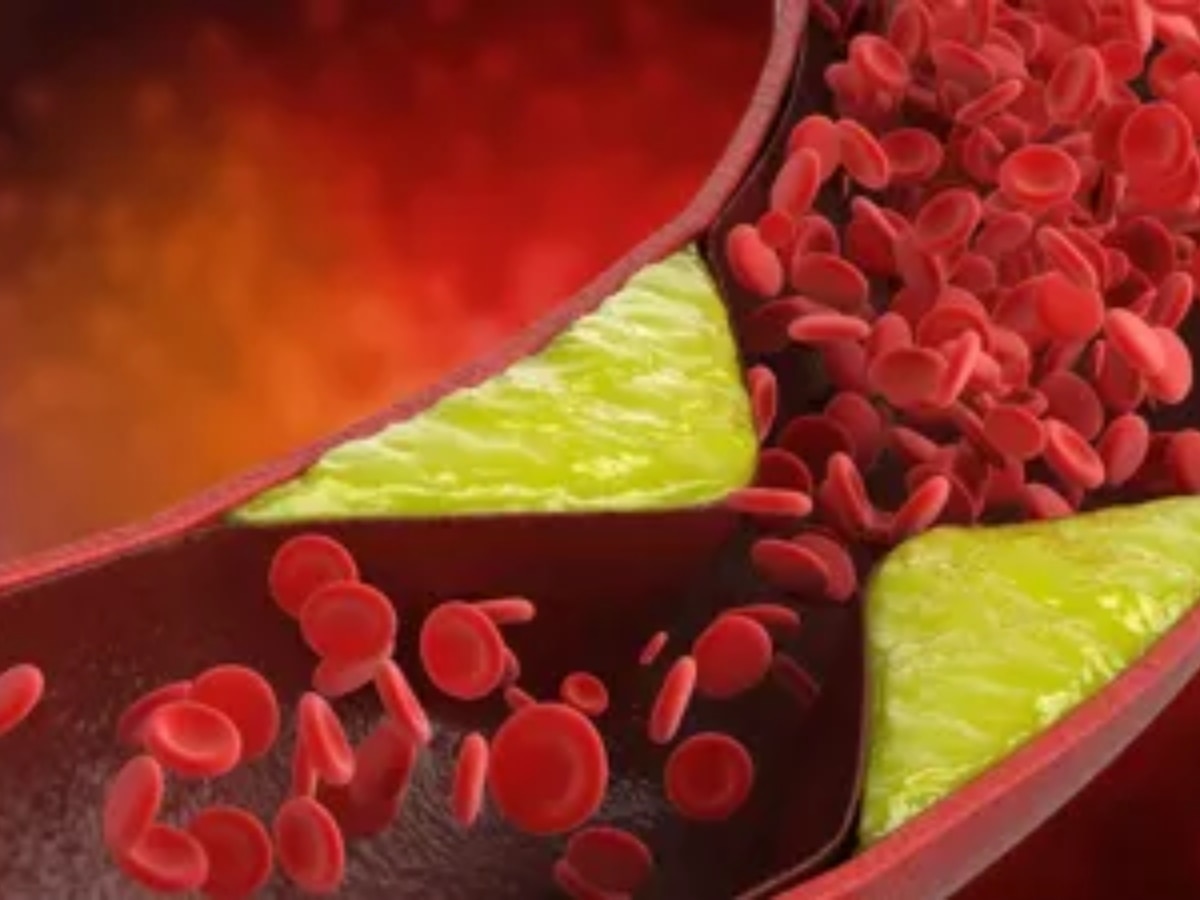
Dietary Strategies for Lowering Homocysteine Levels
Can you lower homocysteine levels through diet alone? In many cases, dietary modifications can significantly impact homocysteine levels. Here are some key nutrients and food sources to focus on:
Folate-Rich Foods
Increasing your intake of folate, also known as folic acid, can help lower homocysteine levels. Excellent dietary sources of folate include:
- Leafy green vegetables (e.g., spinach, kale)
- Fortified breakfast cereals
- Fortified grain products
- Lentils
- Asparagus
- Beans
Vitamin B6 Sources
Vitamin B6 plays a crucial role in homocysteine metabolism. Foods rich in vitamin B6 include:
- Fortified breakfast cereals
- Potatoes
- Bananas
- Garbanzo beans (chickpeas)
- Chicken
Vitamin B12-Rich Foods
Ensuring adequate vitamin B12 intake is also essential for managing homocysteine levels. Good sources of vitamin B12 include:
- Dairy products
- Organ meats (e.g., liver)
- Beef
- Certain types of fish
By incorporating these nutrient-rich foods into your diet, you can support healthy homocysteine metabolism and potentially lower elevated levels naturally.
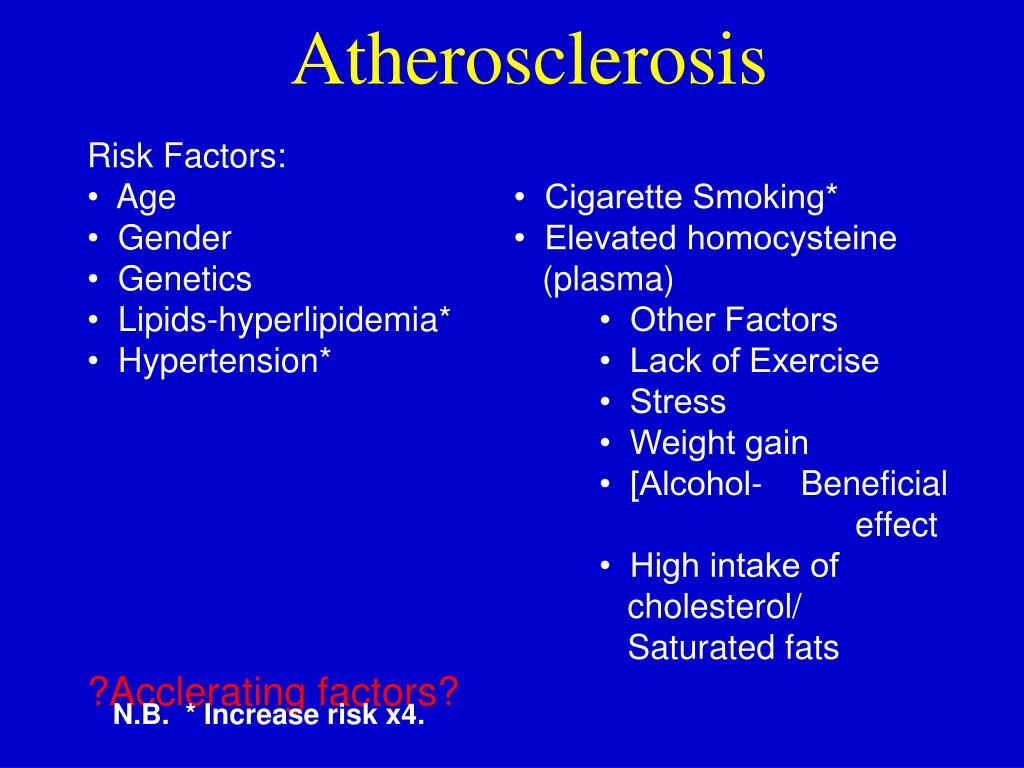
Supplementation Strategies for Homocysteine Management
When should you consider supplements for lowering homocysteine levels? If dietary changes alone are insufficient to bring your homocysteine levels into a healthy range, your healthcare provider may recommend supplementation.
Folate supplements are often the first line of treatment for elevated homocysteine. In some cases, vitamin B6 and vitamin B12 supplements may also be recommended. The specific dosage and combination of supplements will depend on your individual needs and health status.
It’s crucial to work closely with your healthcare provider when starting any supplementation regimen. They can monitor your progress and adjust the treatment as needed to ensure optimal results and safety.
Monitoring and Long-Term Management of Homocysteine Levels
How often should homocysteine levels be rechecked after starting treatment? If you begin taking folate or B vitamin supplements, your doctor will likely recommend rechecking your homocysteine levels after about 8 weeks. This allows sufficient time to assess the effectiveness of the treatment.

If your homocysteine level remains elevated despite initial treatment, your healthcare provider may suggest:
- Increasing the dosage of supplements
- Conducting additional tests to identify other potential underlying health conditions
- More frequent monitoring of homocysteine levels (2-3 times per year)
Long-term management of homocysteine levels is essential for maintaining cardiovascular health. Regular check-ups and ongoing communication with your healthcare provider can help ensure that your treatment plan remains effective over time.
Beyond Homocysteine: Comprehensive Cardiovascular Health Management
While managing homocysteine levels is important, it’s just one aspect of maintaining overall cardiovascular health. What other factors should you consider for heart health?
- Maintaining a healthy diet rich in fruits, vegetables, and whole grains
- Engaging in regular physical activity
- Managing stress through relaxation techniques or mindfulness practices
- Avoiding smoking and limiting alcohol consumption
- Controlling other risk factors such as high blood pressure, high cholesterol, and diabetes
By taking a comprehensive approach to cardiovascular health, you can maximize the benefits of homocysteine management and reduce your overall risk of heart disease and related complications.
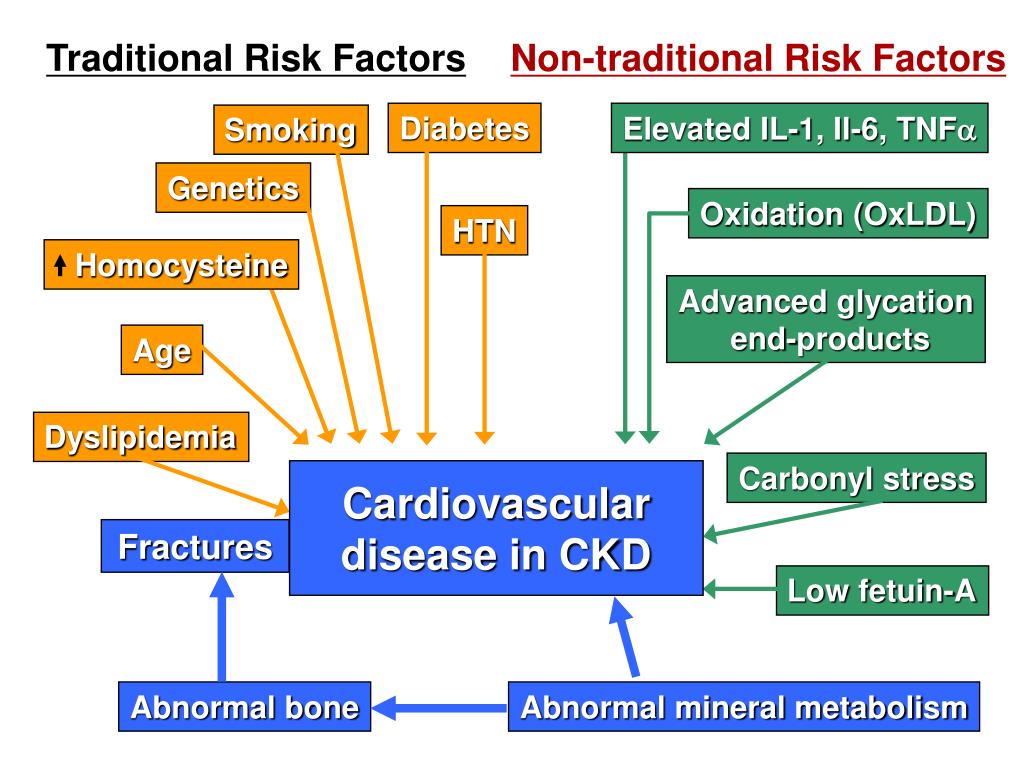
Emerging Research and Future Directions in Homocysteine Management
What does the future hold for homocysteine research and treatment? While the link between elevated homocysteine and cardiovascular risk is well-established, ongoing research continues to explore new aspects of this relationship and potential therapeutic approaches.
Some areas of current investigation include:
- The role of genetic factors in homocysteine metabolism and cardiovascular risk
- Novel biomarkers that may provide additional insights into homocysteine-related cardiovascular risk
- Potential synergistic effects of combining homocysteine-lowering strategies with other cardiovascular interventions
- Exploration of personalized medicine approaches to optimize homocysteine management based on individual genetic and metabolic profiles
As research progresses, our understanding of homocysteine’s role in cardiovascular health continues to evolve, potentially leading to more targeted and effective treatment strategies in the future.
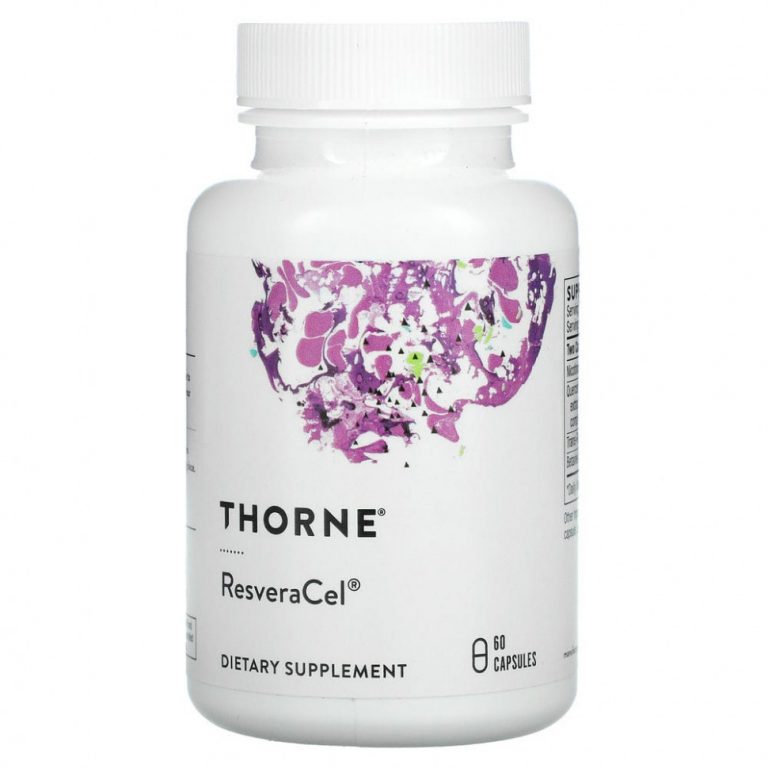
In conclusion, managing elevated homocysteine levels is an important aspect of cardiovascular health. By understanding the causes, effects, and treatment options for high homocysteine, you can take proactive steps to protect your blood vessels and reduce your risk of cardiovascular complications. Whether through dietary changes, supplementation, or a combination of approaches, working closely with your healthcare provider can help you develop an effective strategy for maintaining healthy homocysteine levels and supporting overall heart health.
How It Affects Your Blood Vessels
What is homocysteine?
Homocysteine is an amino acid (a building block of protein) that is produced in the body.
How is a high homocysteine level harmful?
High homocysteine levels in the blood can damage the lining of the arteries. High levels may also make the blood clot more easily than it should. This can increase the risk of blood vessel blockages. A clot inside your blood vessel is called a thrombus. A thrombus can travel in the bloodstream. From there, it can get stuck in your:
- Lungs (called a pulmonary embolism)
- Brain (which can cause a stroke)
- Heart (which can cause a heart attack)
Some people have very high levels of homocysteine. They are at an increased risk for heart disease.
What causes a high homocysteine level?
Homocysteine is normally changed into other amino acids for use by the body. Vitamin B helps your body use the homocysteine. If your homocysteine level is too high, you may not be getting enough B vitamins.
Most people who have a high homocysteine level don’t get enough folate (also called folic acid), vitamin B6, or vitamin B12 in their diet. Replacing these vitamins often helps return the homocysteine level to normal. Other possible causes of a high homocysteine level include:
- Low levels of thyroid hormone
- Kidney disease
- Psoriasis
- Some medicines
- When the condition is common in your family
How is the homocysteine level measured?
Homocysteine is measured using a simple blood test. Your doctor will order the test only if they suspect you have high levels. If your homocysteine level is too high, you need to lower it. This is especially important if you have blockages in your blood vessels. Sometimes your doctor may take a watchful waiting approach. This means they will monitor your level closely but not take steps to lower it. Your doctor may do this if you have no other major risk factors for cardiovascular disease and you don’t have atherosclerosis (a buildup of plaque in your arteries). If your homocysteine level increases further, you may need to lower it.
If your homocysteine level increases further, you may need to lower it.
No studies have shown that lowering homocysteine levels helps reduce strokes, heart attacks, or other cardiovascular conditions. But a high homocysteine level is a risk for heart disease. So, it’s a good idea to lower it if you can.
Path to improved health
How can I lower a high homocysteine level?
Eating more fruits and vegetables can help lower your homocysteine level. Leafy green vegetables such as spinach are good sources of folate. Other good sources of folate include:
- Many breakfast cereals
- Fortified grain products
- Lentils
- Asparagus
- Most beans
You may need to increase the amount of vitamin B-6 in your diet. Foods that are rich in vitamin B-6 include:
- Fortified breakfast cereals
- Potatoes
- Bananas
- Garbanzo beans (chickpeas)
- Chicken
You also may need to increase the amount of vitamin B-12 you eat. Good sources of vitamin B-12 include:
Good sources of vitamin B-12 include:
- Dairy products
- Organ meats (such as liver)
- Beef
- Some types of fish
Adjusting your diet may not be enough to lower your homocysteine level. If it’s not, your doctor may suggest that you take a folate supplement. You may also need to take a vitamin B-6 and vitamin B-12 supplement.
Things to consider
If you start taking folate or vitamin B supplements, you should have your homocysteine level rechecked after 8 weeks. If your homocysteine level remains high, your doctor may have you try a higher dose. You may need to have some tests to see if you have another health condition that causes high homocysteine levels. If you have had a high homocysteine level, you may need to have your level checked more regularly (2 or 3 times a year).
Questions to ask your doctor
- What is causing my homocysteine level to be high?
- Could a high level be the sign of another condition?
- Can I lower my homocysteine level through diet alone?
- Should I take a supplement?
- Can I ask my doctor to check my homocysteine level even if I have no symptoms?
Resources
National Institutes of Health, MedlinePlus: Homocysteine Test
Copyright © American Academy of Family Physicians
This information provides a general overview and may not apply to everyone. Talk to your family doctor to find out if this information applies to you and to get more information on this subject.
Talk to your family doctor to find out if this information applies to you and to get more information on this subject.
The Treatment of Hyperhomocysteinemia – PMC
1. Boushey CJ, Beresford SA, Omenn GS, Motulsky AG. A quantitative assessment of plasma homocysteine as a risk factor for vascular disease. Probable benefits of increasing folic acid intakes. J. Am. Med. Assoc. 1995;74:1049–57. [PubMed] [Google Scholar]
2. Homocysteine Studies Collaboration Homocysteine and risk of ischemic heart disease and stroke; a meta-analysis. J. Am. Med. Assoc. 2002;288:2015–22. [PubMed] [Google Scholar]
3. Handy DE, Zhang Y, Loscalzo J. Homocysteine down-regulates cellular glutathione peroxidase (GPx1) by decreasing translation. J. Biol. Chem. 2005;280:15518–25. [PubMed] [Google Scholar]
4. Zhou J, Werstuck GH, Lhoták S, de Koning AB, Sood SK, et al. Association of multiple cellular stress pathways with accelerated atherosclerosis in hyperhomocysteinemic apolipoprotein E-deficient mice.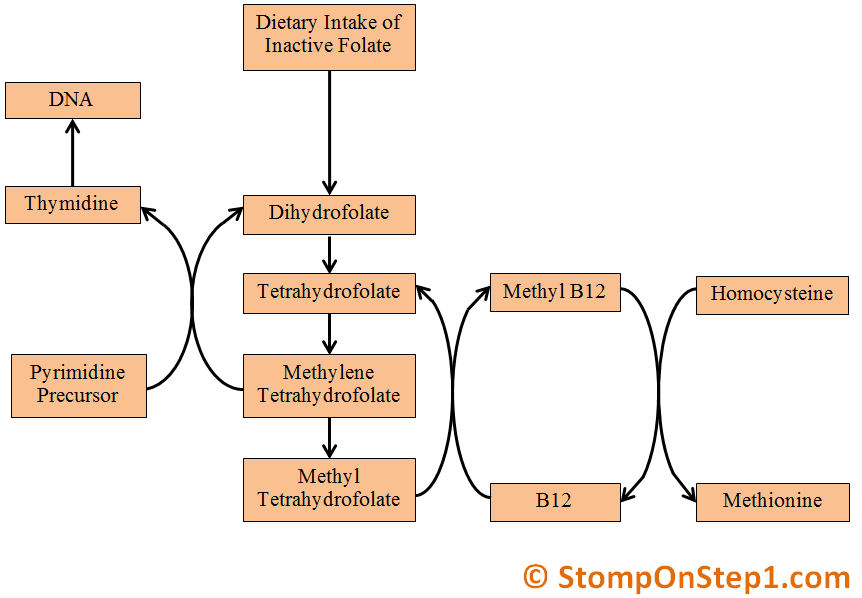 Circulation. 2004;110:207–13. [PubMed] [Google Scholar]
Circulation. 2004;110:207–13. [PubMed] [Google Scholar]
5. Eberhardt RT, Forgione MA, Cap A, Leopold JA, Rudd MA, et al. Endothelial dysfunction in a murine model of mild hyperhomocyst(e)inemia. J. Clin. Invest. 2000;106:483–491. [PMC free article] [PubMed] [Google Scholar]
6. Loscalzo J. Homocysteine and dementias. N. Engl. J. Med. 2002;346:466–8. [PubMed] [Google Scholar]
7. Seshardi S, Beiser A, Selhub J, Jacques PF, Rosenberg IH, et al. Plasma homocysteine as a risk factor for dementia and Alzheimer’s disease. N. Engl. J. Med. 2002;346:476–83. [PubMed] [Google Scholar]
8. McCully KS. Homocysteine, vitamins, and vascular disease prevention. Am. J. Clin. Nutr. 2007;86:1563S–8S. [PubMed] [Google Scholar]
9. Brazionis L, Rowley K, Sr, Itsiopoulos C, Harper CA, O’Dea K. Homocysteine and diabetic retinopathy. Diab. Care. 2008;31:50–6. [PubMed] [Google Scholar]
10. Agulló-Ortuño MT, Albaladejo MD, Parra S, Rodríguez-Manotas M, Fenollar M, et al. Plasmatic homocysteine concentration and its relationship with complications associated to diabetes mellitus.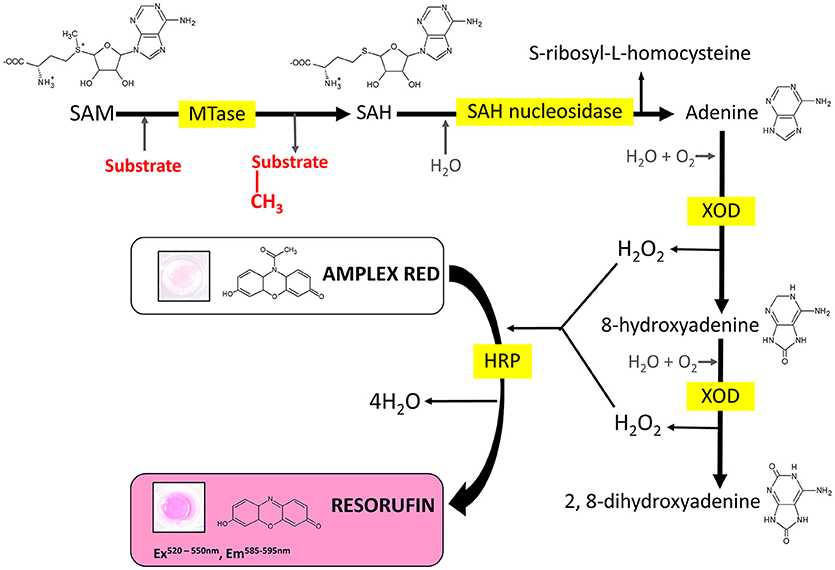 Clin. Chim. Acta. 2002;326:105–12. [PubMed] [Google Scholar]
Clin. Chim. Acta. 2002;326:105–12. [PubMed] [Google Scholar]
11. Herrmann W, Herrmann M, Joseph J, Tyagi SC. The role of hyperhomocysteinemia as well as folate, vitamin B(6) and B(12) deficiencies in osteoporosis: a systematic review. Clin. Chem. Lab. Med. 2007;45:1621–32. [PubMed] [Google Scholar]
12. Jacques PF, Selhub J, Bostom AG, Wilson PW, Rosenberg IH. The effect of folic acid fortification on plasma folate and total homocysteine concentrations. N. Engl. J. Med. 1999;340:1449–54. [PubMed] [Google Scholar]
13. MRC Vitamin Study Research Group Prevention of neural tube defects: results of the Medical Research Council Vitamin Study. Lancet. 1991;338:131–7. [PubMed] [Google Scholar]
14. Refsum H, Ueland PM, Nygård O, Vollset SE. Homocysteine and cardiovascular disease. Annu. Rev. Med. 1998;49:31–62. [PubMed] [Google Scholar]
15. Graham IM, Daly LE, Refsum HM, Robinson K, Brattström LE, et al. Plasma homocysteine as a risk factor for vascular disease. The European Concerted Action Project. J. Am. Med. Assoc. 1997;277:1775–81. [PubMed] [Google Scholar]
J. Am. Med. Assoc. 1997;277:1775–81. [PubMed] [Google Scholar]
16. Nygård O, Nordrehaug JE, Refsum H, Ueland PM, Farstad M, et al. Plasma homocysteine levels and mortality in patients with coronary artery disease. N. Eng. J. Med. 1997;337:23–36. [PubMed] [Google Scholar]
17. Wang TJ, Gona P, Larson MG, Tofler GH, Levy D, et al. Multiple biomarkers for the prediction of first major cardiovascular events and death. N. Engl. J. Med. 2006;355:2631–9. [PubMed] [Google Scholar]
18. Wald DS, Law M, Morris JK. Homocysteine and cardiovascular disease: evidence on causality from a meta-analysis. Br. Med. J. 2002;325:1202–9. [PMC free article] [PubMed] [Google Scholar]
19. Toole JF, Malinow MR, Chambless LE, Spence JD, Pettigrew LC, et al. Lowering Homocysteine in Patients With Ischemic Stroke to Prevent Recurrent Stroke, Myocardial Infarction, and Death: The Vitamin Intervention for Stroke Prevention (VISP) Randomized Controlled Trial. J. Am. Med. Assoc. 2004;291:565–75. [PubMed] [Google Scholar]
20.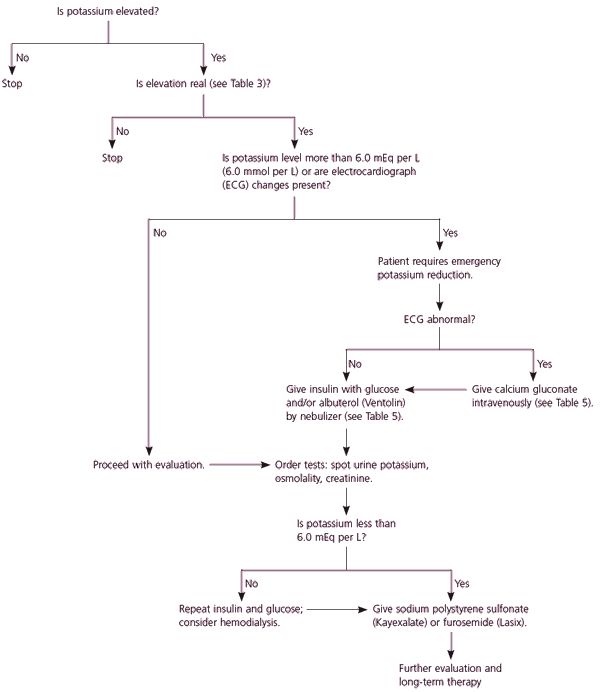 McMahon JA, Green TJ, Skeaff CM, Knight RG, Mann JI, et al. A controlled trial of homocysteine lowering and cognitive performance. N. Engl. J. Med. 2006;354:2764–72. [PubMed] [Google Scholar]
McMahon JA, Green TJ, Skeaff CM, Knight RG, Mann JI, et al. A controlled trial of homocysteine lowering and cognitive performance. N. Engl. J. Med. 2006;354:2764–72. [PubMed] [Google Scholar]
21. Sato Y, Honda Y, Iwamoto J, Kanoko T, Satoh K. Effect of folate and mecobalamin on hip fractures in patients with stroke: a randomized controlled trial. J. Am. Med. Assoc. 2005;293:1082–8. [PubMed] [Google Scholar]
22. Maron BA, Loscalzo J. Should hyperhomocysteinemia be treated in patients with atherosclerotic disease? Curr. Atheroscler. Rep. 2007;9:375–83. [PubMed] [Google Scholar]
23. Weiss N, Keller C, Hoffmann U, Loscalzo J. Endothelial dysfunction and atherothrombosis in mild hyperhomocysteinemia. Vasc. Med. 2003;7:227–239. [PubMed] [Google Scholar]
24. Loscalzo J. The oxidant stress of hyperhomocyst(e)inemia. J. Clin. Invest. 1996;98:5–7. [PMC free article] [PubMed] [Google Scholar]
25. Lubos E, Loscalzo J, Handy DE. Homocysteine and glutathione peroxidase-1. Antioxid Redox Signal. 2007;9:1923–40. [PubMed] [Google Scholar]
Antioxid Redox Signal. 2007;9:1923–40. [PubMed] [Google Scholar]
26. Rounds S, Yee WL, Dawicki DD, Harrington E, Parks N. Mechanism of extracellular ATP- and adenosine-induced apoptosis of cultured pulmonary artery endothelial cells. Am. J. Physiol. 1998;275:L379–388. [PubMed] [Google Scholar]
27. Welch GN, Upchurch GR, Jr, Farivar RS, Pigazzi A, Vu K, et al. Homocysteine-induced nitric oxide production in vascular-smooth muscle cells by NF-kB-dependent transcriptional activation of Nos2. Proc. Assoc. Am. Physiol. 1998;110:22–31. [PubMed] [Google Scholar]
28. Finkelstein JD. Methionine metabolism in mammals. J. Nutr. Biochem. 1990;1:228–237. [PubMed] [Google Scholar]
29. Qi Z, Hoffman G, Kurtycz D, Yu J. Prevalence of the C677T substitution of the methylenetetrahydrofolate reductase (MTHFR) gene in Wisconsin. Genet. Med. 2003;5:458–9. [PubMed] [Google Scholar]
30. Malinow R, Bostom AG, Krauss RM. Homocyst(e)ine, Diet, and Cardiovascular Diseases:A Statement for Healthcare Professionals From the Nutrition Committee, American Heart Association. Circulation. 1999;99:178–82. [PubMed] [Google Scholar]
Circulation. 1999;99:178–82. [PubMed] [Google Scholar]
31. Kolling K, Ndrepepa G, Koch W, Braun S, Mehilli J, et al. Methylenetetrahydrofolate reductase gene C677T and A1298C polymorphisms, plasma homocysteine, folate, and vitamin B12 levels and the extent of coronary artery disease. Am. J. Cardiol. 2004;93:1201–06. [PubMed] [Google Scholar]
32. Garovic-Kocic V, Rosenblatt DS. Methionine auxotrophy in inborn errors of cobalamin metabolism. Clin. Invest. Med. 1995;15:395–400. [PubMed] [Google Scholar]
33. Welch GN, Loscalzo J. Homocysteine and atherothrombosis. N. Engl. J. Med. 1998;338:1042–50. [PubMed] [Google Scholar]
34. Mudd SH, Levy HL, Skovby F. Disorders of transsulfuration. In: Scriver CR, Beaudet AL, Sly WS, Valle DL, editors. The metabolic and molecular bases of inherited disease. 1. Vol. 7. McGraw-Hill; New York: 1995. pp. 1279–327. [Google Scholar]
35. Mandel H, Brenner B, Berant M, Rosenberg N, Lanir N, et al. Coexistence of hereditary homocystinuria and factor V Leiden–effect on thrombosis. N. Engl. J. Med. 1996;334:763–8. [PubMed] [Google Scholar]
N. Engl. J. Med. 1996;334:763–8. [PubMed] [Google Scholar]
36. McCully KS. Vascular pathology of homocysteine-emia: implications for the pathogenesis of arteriosclerosis. Am. J. Pathol. 1969;56:111–28. [PMC free article] [PubMed] [Google Scholar]
37. Hiltunen MO, Yia-herttuala S. DNA methylation, smooth muscle cells, and atherogenesis. Arterioscler. Thromb. Vasc. Biol. 2003;23:1750–53. [PubMed] [Google Scholar]
38. Babior BM, Bunn FH. Meagaloblastic anemias. In: Kasper D, Braunwald E, Fauci A, Hauser S, Longo D, Jameson L, editors. Harrison’s Principles of Internal Medicine. 16th edition McGraw-Hill; New York: 2005. pp. 601–7. [Google Scholar]
39. Kim YI. Folic acid fortification and supplementation–good for some but not so good for others. Nutr. Rev. 2007;65:504–11. [PubMed] [Google Scholar]
40. Andrès E, Affenberger S, Vinzio S, Kurtz JE, Noel E, et al. Food-cobalamin malabsorption in elderly patients: clinical manifestations and treatment. Am. J. Med. 2005;118:1154–9. [PubMed] [Google Scholar]
J. Med. 2005;118:1154–9. [PubMed] [Google Scholar]
41. Lindenbaum J, Rosenberg IH, Wilson PWF, Stabler S, Allen RH. Prevalence of cobalamin deficiency in the Framingham elderly population. Am. J. Clin. Nutr. 1994;60:2–11. [PubMed] [Google Scholar]
42. Shane B, Stokstad EL. Vitamin B12-folate interrelationships. Annu. Rev. Nutr. 1985;5:115–41. [PubMed] [Google Scholar]
43. Cravo ML, Glória LM, Selhub J, Nadeau MR, Camilo ME, et al. Hyperhomocysteinemia in chronic alcoholism: correlation with folate, vitamin B12, and vitamin B6 status. Am. J. Clin. Nutr. 1996;63:220–4. [PubMed] [Google Scholar]
44. Cravo ML, Camilo ME. Hyperhomocysteinemia in chronic alcoholism: relations to folic acid and vitamins B(6) and B(12) status. Nutrition. 2000;16:296–302. [PubMed] [Google Scholar]
45. Hron G, Lombardi R, Eichinger S, Lecchi A, Kyrle PA, et al. Low vitamin B6 levels and the risk of recurrent venous thromboembolism. Haematologica. 2007;92:1250–3. [PubMed] [Google Scholar]
[PubMed] [Google Scholar]
46. Ray M, Kumar L, Prasad R. Homocystinuria with early thromboembolic episodes and rapid response to high dose pyridoxine. Indian. Pediatr. 1997;34:67–9. [PubMed] [Google Scholar]
47. Jamison RJ, Hartigan P, Kaufman JS, Goldfarb DS, Warren SR, et al. For the Veterans Affairs Site Investigators Effect of Homocysteine Lowering on Mortality and Vascular Disease in Advanced Chronic Kidney Disease and End-stage Renal Disease: A Randomized Controlled Trial. J. Am. Med. Assoc. 2007;298:1163–70. [PubMed] [Google Scholar]
48. Robinson K, Gupta A, Dennis V, Arheart K, Chaudhary D, et al. Hyperhomocysteinemia confers an independent increased risk of atherosclerosis in end-stage renal disease and is closely linked to plasma folate and pyridoxine concentrations. Circulation. 1996;94:2743–8. [PubMed] [Google Scholar]
49. Shemin D, Lapane KL, Bausserman L, Kanaan E, Kahn S, et al. Plasma total homocysteine and hemodialysis access thrombosis: a prospective study. J. Am. Soc. Nephrol. 1999;10:1095–9. [PubMed] [Google Scholar]
J. Am. Soc. Nephrol. 1999;10:1095–9. [PubMed] [Google Scholar]
50. Go AS, Chertow GM, Fan D, McCulloch CE, Hsu CY. Chronic kidney disease and the risks of death, cardiovascular events, and hospitalization. N. Engl. J. Med. 2004;351:1296–305. [PubMed] [Google Scholar]
51. Garibotto G, Sofia A, Valli A, Tarroni A, Di Martino M, et al. Causes of hyperhomocysteinemia in patients with chronic kidney diseases. Semin. Nephrol. 2006;26:3–7. [PubMed] [Google Scholar]
52. Zoungas S, McGrath BP, Branley P, Kerr PG, Muske C, et al. Cardiovascular morbidity and mortality in the Atherosclerosis and Folic Acid Supplementation Trial (ASFAST) in chronic renal failure: a multicenter, randomized, controlled trial. J. Am. Coll. Cardiol. 2006;47:1108–16. [PubMed] [Google Scholar]
53. Wrone EM, Hornberger JM, Zehnder JL, McCann LM, Coplon NS, et al. Randomized trial of folic acid for prevention of cardiovascular events in end-stage renal disease. J. Am. Soc. Nephrol. 2004;15:420–6. [PubMed] [Google Scholar]
54. Steegers-Theunissen RP, Boers GH, Steegers EA, Trijbels FJ, Thomas CM, et al. Effects of sub-50 oral contraceptives on homocysteine metabolism: a preliminary study. Contraception. 1992;45:129–139. [PubMed] [Google Scholar]
Steegers-Theunissen RP, Boers GH, Steegers EA, Trijbels FJ, Thomas CM, et al. Effects of sub-50 oral contraceptives on homocysteine metabolism: a preliminary study. Contraception. 1992;45:129–139. [PubMed] [Google Scholar]
55. Lonne E, Yusuf S, Arnold MJ, Sheridan P, Pogue J, et al. Homocysteine lowering with folic acid and B vitamins in vascular disease. N. Eng.l J. Med. 2006;354:1567–77. [PubMed] [Google Scholar]
56. Bønna KH, Njolstad I, Ueland PM, Schirmer H, Tverdal A, et al. Homocysteine lowering and cardiovascular events after acute myocardial infarction. N. Engl. J. Med. 2006;354:1578–88. [PubMed] [Google Scholar]
57. Bazzano LA, Renolds K, Holder KN, He J. Effect of folic acid supplementation on risk of cardiovascular diseases: a meta-analysis of randomized controlled trials. J. Am. Med. Assoc. 2006;296:2720–6. [PubMed] [Google Scholar]
58. Schnyder G, et al. Effect of Homocysteine-Lowering Therapy With Folic Acid, Vitamin B12, and Vitamin B6 on Clinical Outcome After Percutaneous Coronary Intervention: The Swiss Heart Study: A Randomized Controlled Trial. J. Am. Med. Assoc. 2002;288:973–9. [PubMed] [Google Scholar]
J. Am. Med. Assoc. 2002;288:973–9. [PubMed] [Google Scholar]
59. Lange H, Surapranata H, De Luca G, Börner C, Dille J. Folate therapy and in-stent restenosis after coronary stenting. N. Engl. J. Med. 2004;350:2673–81. [PubMed] [Google Scholar]
60. Wang X, Qin X, Demirtas H, Li J, Mao G, et al. Efficacy of folic acid supplementation in stroke prevention: a meta-analysis. Lancet. 2007;369:1876–82. [PubMed] [Google Scholar]
61. Böger RH, Sydow K, Borlak J, Thum T, Lenzen H, et al. LDL cholesterol upregulates synthesis of asymmetrical dimethylarginine in human endothelial cells: involvement of S-adenosylmethionine-dependent methyltransferases. Circ. Res. 2000;87:99–105. [PubMed] [Google Scholar]
62. Jakubowski H, Zhang L, Bardeguez A, Aviv A. Homocysteine thiolactone and protein homocysteinylation in human endothelial cells: implications for atherosclerosis. Circ. Res. 2000;87:45–51. [PubMed] [Google Scholar]
63. Cummings JL. Alzheimer’s disease. N. Engl. J. Med.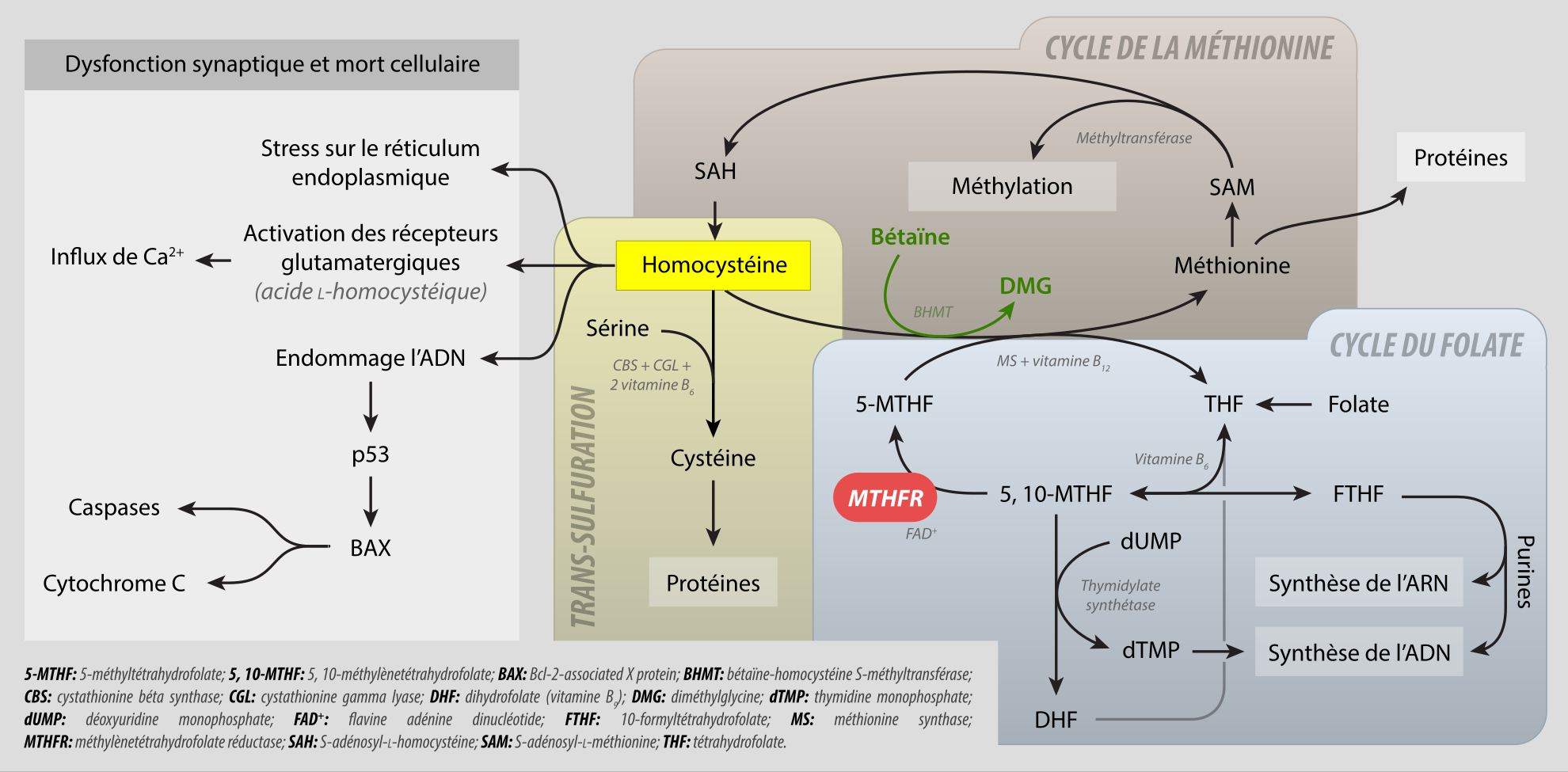 2004;351:56–67. [PubMed] [Google Scholar]
2004;351:56–67. [PubMed] [Google Scholar]
64. Hofman A, Ott A, Breteler MM, Bots ML, Slooter AJ, et al. Atherosclerosis, apolipoprotein E, and prevalence of dementia and Alzheimer’s disease in the Rotterdam Study. Lancet. 1997;349:151–4. [PubMed] [Google Scholar]
65. Snowdon DA, Greiner LH, Mortimer JA, Riley KP, Greiner PA, et al. Brain infarction and the clinical expression of Alzheimer disease. The Nun Study. J. Am. Med. Assoc. 1997;277:813–7. [PubMed] [Google Scholar]
66. Ravaglia G, Forti P, Maioli F, Martelli M, Servadei L, et al. Homocysteine and folate as risk factors for dementia and Alzheimer disease. Am. J. Clin. Nutr. 2005;82:636–43. [PubMed] [Google Scholar]
67. Kim J, Park MH, Kim E, Han C, Jo SA, et al. Plasma homocysteine is associated with the risk of mild cognitive impairment in an elderly Korean population. J. Nutr. 2007;137:2093–7. [PubMed] [Google Scholar]
68. Reynolds E. Vitamin B12, folic acid, and the nervous system. Lancet Neurol. 2006;5:949–60. [PubMed] [Google Scholar]
2006;5:949–60. [PubMed] [Google Scholar]
69. Shastry S, Moning L, Tyagi N, Steed M, Tyagi SC. GABA receptors and nitric oxide ameliorate constrictive collagen remodeling in hyperhomocysteinemia. J. Cell Physiol. 2005;205:422–7. [PubMed] [Google Scholar]
70. Loscalzo J. Homocysteine and dementias. N. Engl. J. Med. 2002;346:466–8. [PubMed] [Google Scholar]
71. Lipton SA, Kim WK, Choi YB, Kumar S, D’Emilia DM, et al. Neurotoxicity associated with dual actions of homocysteine at the N-methyl-D-aspartate receptor. Proc. Natl. Acad. Sci. U.S.A. 1997;94:5923–8. [PMC free article] [PubMed] [Google Scholar]
72. Eussen SJ, de Groot LC, Joosten LW, Bloo RJ, Clarke R, et al. Effect of oral vitamin B-12 with or without folic acid on cognitive function in older people with mild vitamin B-12 deficiency: a randomized, placebo-controlled trial. Am. J. Clin. Nutr. 2006;84:361–70. [PubMed] [Google Scholar]
73. Lewerin C, Matousek M, Steen G, Johansson B, Steen B, et al. Significant correlations of plasma homocysteine and serum methylmalonic acid with movement and cognitive performance in elderly subjects but no improvement from short-term vitamin therapy: a placebo-controlled randomized study.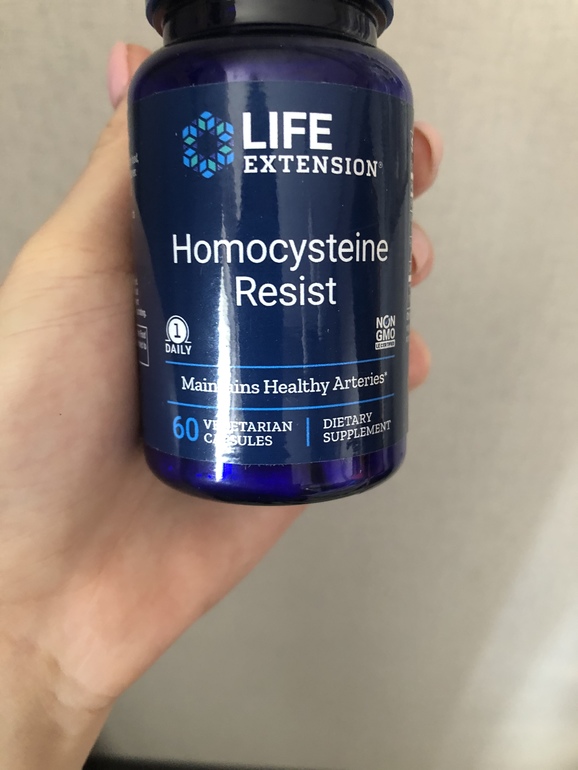 Am. J. Clin. Nutr. 2005;81:1155–62. [PubMed] [Google Scholar]
Am. J. Clin. Nutr. 2005;81:1155–62. [PubMed] [Google Scholar]
74. Sun Y, Lu CJ, Chien KL, Chen ST, Chen RC. Efficacy of multivitamin supplementation containing vitamins B6 and B12 and folic acid as adjunctive treatment with a cholinesterase inhibitor in Alzheimer’s disease: a 26-week, randomized, double-blind, placebo-controlled study in Taiwanese patients. Clin. Ther. 2007;29:2204–14. [PubMed] [Google Scholar]
75. Durga J, van Boxtel MP, Schouten EG, Kok FJ, Jolles J, et al. Effect of 3-year folic acid supplementation on cognitive function in older adults in the FACIT trial: a randomized, double blind, controlled trial. Lancet. 2007;369:208–16. [PubMed] [Google Scholar]
76. Vitvitsky V, Thomas M, Ghorpade A, Gendelman HE, Banerjee R. A functional transsulfuration pathway in the brain links to glutathione homeostasis. J. Biol. Chem. 2006;281:35785–93. [PubMed] [Google Scholar]
77. van Meurs JB, Trikalinos TA, Ralston SH, Balcells S, Brandi ML, et al. Large-scale analysis of association between LRP5 and LRP6 variants and osteoporosis. J. Am. Med. Assoc. 2008;299:1277–90. [PMC free article] [PubMed] [Google Scholar]
Large-scale analysis of association between LRP5 and LRP6 variants and osteoporosis. J. Am. Med. Assoc. 2008;299:1277–90. [PMC free article] [PubMed] [Google Scholar]
78. Massé PG, Boskey AL, Ziv I, Hauschka P, Donovan SM, et al. Chemical and biomechanical characterization of hyperhomocysteinemic bone disease in an animal model. BMC Musculoskelet. Disord. 2003;4:2. [PMC free article] [PubMed] [Google Scholar]
79. Pyeritz RE. Homocystineuria. In: Beighton P, editor. McKusick’s Heritable Disorders of Connective Tissue. Vol. 193. Mosby; St Louis: 2005. pp. 137–78. [Google Scholar]
80. van Meurs JB, Dhonukshe-Rutten RA, Pluijm SM, van der Klift M, de Jonge R, et al. Homocysteine levels and the risk of osteoporotic fracture. N. Engl. J. Med. 2004;350:2033–41. [PubMed] [Google Scholar]
81. McLean RR, Jacques PF, Selhub J, Tucker KL, Samelson EJ, et al. Homocysteine as a predictive factor for hip fracture in older persons. N. Engl. J. Med. 2004;350:2042–9. [PubMed] [Google Scholar]
82. Sawka AM, Ray JG, Yi Q, Josse RG, Lonn E. Randomized clinical trial of homocysteine level lowering therapy and fractures. Arch. Intern. Med. 2007;167:2136–9. [PubMed] [Google Scholar]
Sawka AM, Ray JG, Yi Q, Josse RG, Lonn E. Randomized clinical trial of homocysteine level lowering therapy and fractures. Arch. Intern. Med. 2007;167:2136–9. [PubMed] [Google Scholar]
83. Green TJ, McMahon JA, Skeaff CM, Williams SM, Whiting SJ. Lowering homocysteine with B vitamins has no effect on biomarkers of bone turnover in older persons: a 2-y randomized controlled trial. Am. J. Clin. Nutr. 2007;85:460–4. [PubMed] [Google Scholar]
84. Hoffbrand AV. Meagaloblastic anemias. In: Fauci A, Braunwald E, Kasper D, Hauser S, Longo D, Jameson L, Loscalzo J, editors. Harrison’s Principles of Internal Medicine. 17th Edition. McGraw-Hill; New York: 2008. pp. 643–51. Megaloblastic Anemias. [Google Scholar]
85. Palm F, Onozato ML, Luo Z, Wilcox CS. Dimethylarginine dimethylaminohydrolase (DDAH): expression, regulation, and function in the cardiovascular and renal systems. Am. J. Physiol. Heart Circ. Physiol. 2007;293:h4227–45. [PubMed] [Google Scholar]
norm, causes of elevated blood levels in women
Homocysteine is a sulfur-containing amino acid, which is an intermediate product of the metabolism of the amino acids methionine and cysteine.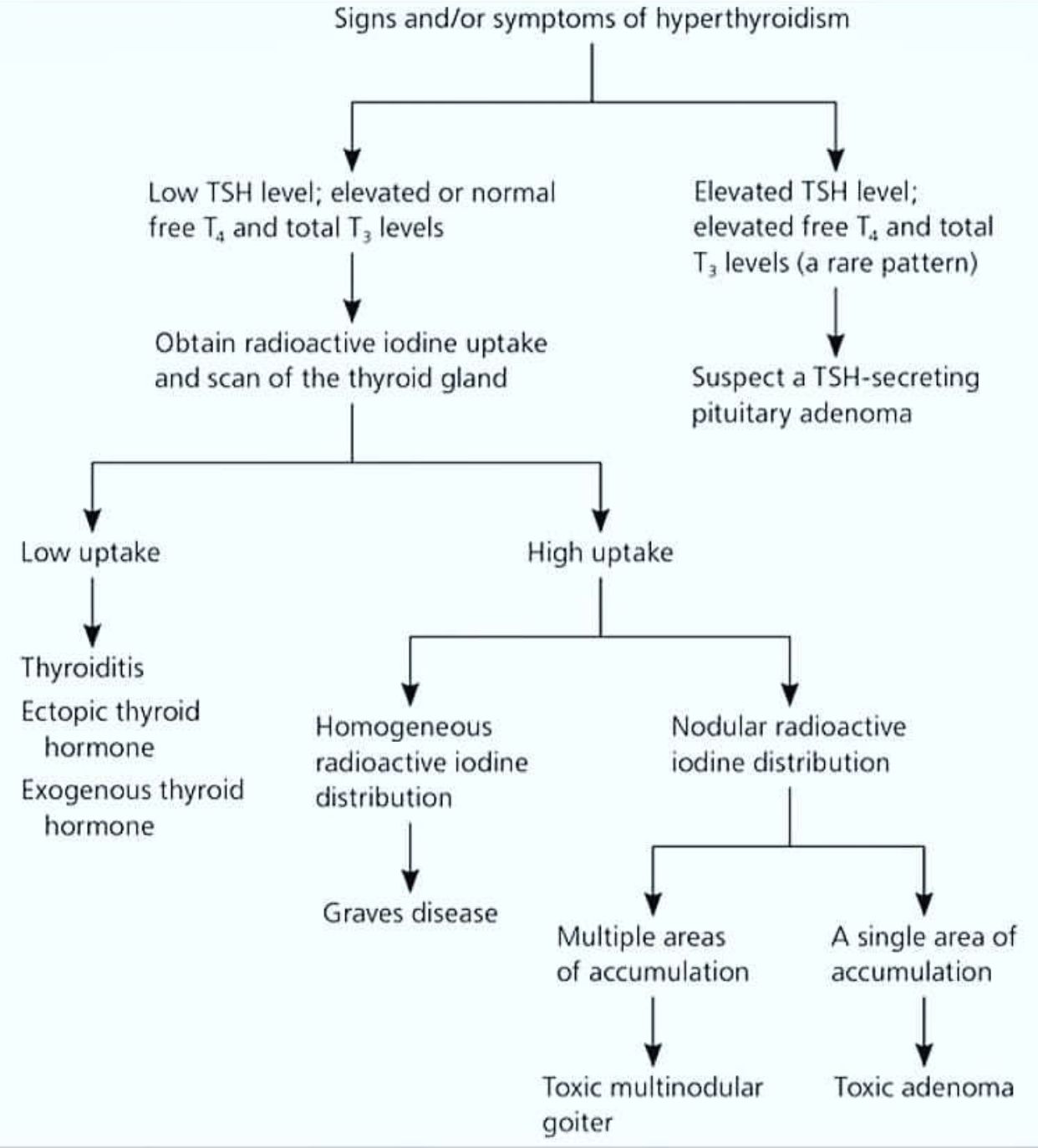
Methionine is the only source of homocysteine in the body. The content of homocysteine in foods is negligible, and human needs for methionine and homocysteine are provided precisely by food methionine. An important role in the metabolism of homocysteine belongs to vitamins B6, B12 and folic acid.
A high level of homocysteine in the blood (hyperhomocysteinemia) indicates either a violation of the metabolism of homocysteine, or a deficiency of folic acid, vitamins B6, B12, or impaired renal function. In the kidneys, 70% of homocysteine is converted to methionine. Patients with renal insufficiency have a high risk of developing cardiovascular diseases [3].
Retrospective and prospective studies show a close relationship between hyperhomocysteinemia and cardiovascular diseases: venous and arterial thrombosis, pulmonary embolism, stroke and myocardial infarction [5, 6]. People with elevated homocysteine levels have an increased risk of Alzheimer’s disease and dementia [11]. With a combination of hyperhomocysteinemia and diabetes mellitus, vascular complications occur more often – peripheral vascular disease, nephropathy, retinopathy. During pregnancy, elevated levels of homocysteine lead to impaired fetoplacental circulation, which may be the cause of miscarriage and infertility as a result of implantation defects of the embryo.
With a combination of hyperhomocysteinemia and diabetes mellitus, vascular complications occur more often – peripheral vascular disease, nephropathy, retinopathy. During pregnancy, elevated levels of homocysteine lead to impaired fetoplacental circulation, which may be the cause of miscarriage and infertility as a result of implantation defects of the embryo.
Causes of increased homocysteine levels
- Deficiency of vitamins B6, B12, folic acid.
- Renal failure.
- Diseases of the gastrointestinal tract, accompanied by impaired absorption of vitamins (malabsorption syndrome).
- Diabetes mellitus.
- Hypothyroidism.
- Leukemia.
- Genetic defects in enzymes involved in homocysteine metabolism (rare).
- Smoking, alcoholism, drinking a lot of coffee.
- Taking certain medications: methotrexate, anticonvulsants (phenytoin), nitrous oxide, metformin, aminophylline, hormonal contraceptives (not always).

Results of clinical studies conducted in recent years
Conducted clinical studies (HOPE) 2 [7] and NORVIT [1] showed that the administration of folic acid, vitamin B6 and vitamin B12 does not reduce the number of recurrent heart attacks. However, Refsum H. and Smith A.D. made a number of critical remarks about the data obtained in these studies, which are very likely [8]:
- Patients’ mean levels of homocysteine, vitamin B6, vitamin B12, and folic acid were within the normal range in both studies. Therefore, no great effect should be expected.
- 70% of patients in study (HOPE) 2 received folate-fortified flour products. Therefore, the control group also had good levels of homocysteine in the blood.
- The study duration (2-3 years) was too short as atherosclerosis develops over decades.
- Reanalysis of data obtained in the VISP study (excluding patients with renal insufficiency) showed a reduction in the number of strokes by 21% [9, 10].

- Since 1998, the US and Canada have introduced National Flour Fortification Programs with folic acid. Studies have shown a significant reduction in mortality in women from stroke after 5 years (see Fig. 1). The level of homocysteine in the blood of the population also decreased [12].
- A study of men and women aged 50-70 years with increased levels of homocysteine in the blood showed that with the appointment of folic acid for more than 3 years, the level of homocysteine decreased by 26% [2].
The reduction in stroke mortality in women in the US and Canada after fortifying flour with folic acid is shown in the chart below:
Rice. 1. Mortality from stroke in women in the US and Canada before and after flour fortification with folic acid (number of cases per 100,000) [12]
The mean reduction in stroke mortality in Canada was -1.0% annually from 1990 to 1997 and increased to -5.4% annually from 1998 to 2002 (p < 0. 0001).
0001).
Clinical guidelines
The above indicates the importance of maintaining normal levels of lipids and homocysteine in the blood. According to recent studies, it is very important to check the level of homocysteine in the blood regularly, for example, at the age of 30 years, 40 years, 50 years, 60 years. Early prevention (see data on the use of flour fortified with folic acid) has shown positive results.
Studies of blood cholesterol and homocysteine levels after myocardial infarction, stroke, or in the case of dementia and attempts to reduce their levels are not particularly useful, since the degree of atherosclerotic vascular damage can hardly be reduced. It is impossible to achieve any great success, even with constant vitamin therapy, in 2-3 years. Therefore, it is very important to explain to patients the importance of early prevention of hyperhomocysteinemia.
It is recommended to check the level of homocysteine in all persons with a history of arterial or venous thrombosis, coronary heart disease. It is mandatory to check the level of homocysteine in patients with previous obstetric complications and women whose relatives had strokes, heart attacks and thrombosis under the age of 45-50 years.
It is mandatory to check the level of homocysteine in patients with previous obstetric complications and women whose relatives had strokes, heart attacks and thrombosis under the age of 45-50 years.
A detailed review of the significance of hyperhomocysteinemia was presented by the international expert prof. Wolfgang Herrmann in 2006 in Clin Lab magazine [4].
Diagnosis of hyperhomocysteinemia
Study code: 22-20-108 – Homocysteine
Material for research: blood serum
Research method: immunochemiluminescence
Units: µmol/l
Reference values: 3.7-13.9 µmol/l*
* – Reference values are given according to NCCLS Document C28-A, Wayne (PA): NCCLS; 1995.
Additional research:
- 95-13-211 – Vitamin B12
- 33-20-038 – Folic acid (folates)
References
- Bonaa K.H. et al. // N Engl J Med 2006;354(15):1578-88.
- Durga J.
 et al. // Lancet 2007; 369:208-16.
et al. // Lancet 2007; 369:208-16. - Faria-Neto J.R. et al. // Braz J Med Biol Res 2006;39(4):455-63.
- Herrmann W. // Clin Lab 2006; 52:367-374.
- Kazemi M.B. et al. // Angiology 2006;57(1):9-14.
- Kothekar M.A. // Indian J Med Sci 2007;61(6):361-71.
- Lonn E. et al. // N Engl J Med 2006;354(15):1567-77.
- Refsum H., Smith AD. // N Engl J Med 2006;355:207.
- Spence J.D. et al. // STROKE 2005;36(11):2404-09.
- Toole J.F. et al. // JAMA 2004;291:565-75.
- Wald D.S. et al. // BMJ 2006;333:1114-17.
- Yang Q. et al. // Circulation 2006; 113: 1335-1343.
Homocysteine-lowering interventions (treatment with vitamin B complex) to prevent cardiovascular events
Review Question
We looked at whether specific vitamins that lower homocysteine can prevent cardiovascular events such as heart attack and stroke.
Relevance
Cardiovascular disease, which includes heart attacks, heart attacks and strokes, is the leading cause of death worldwide.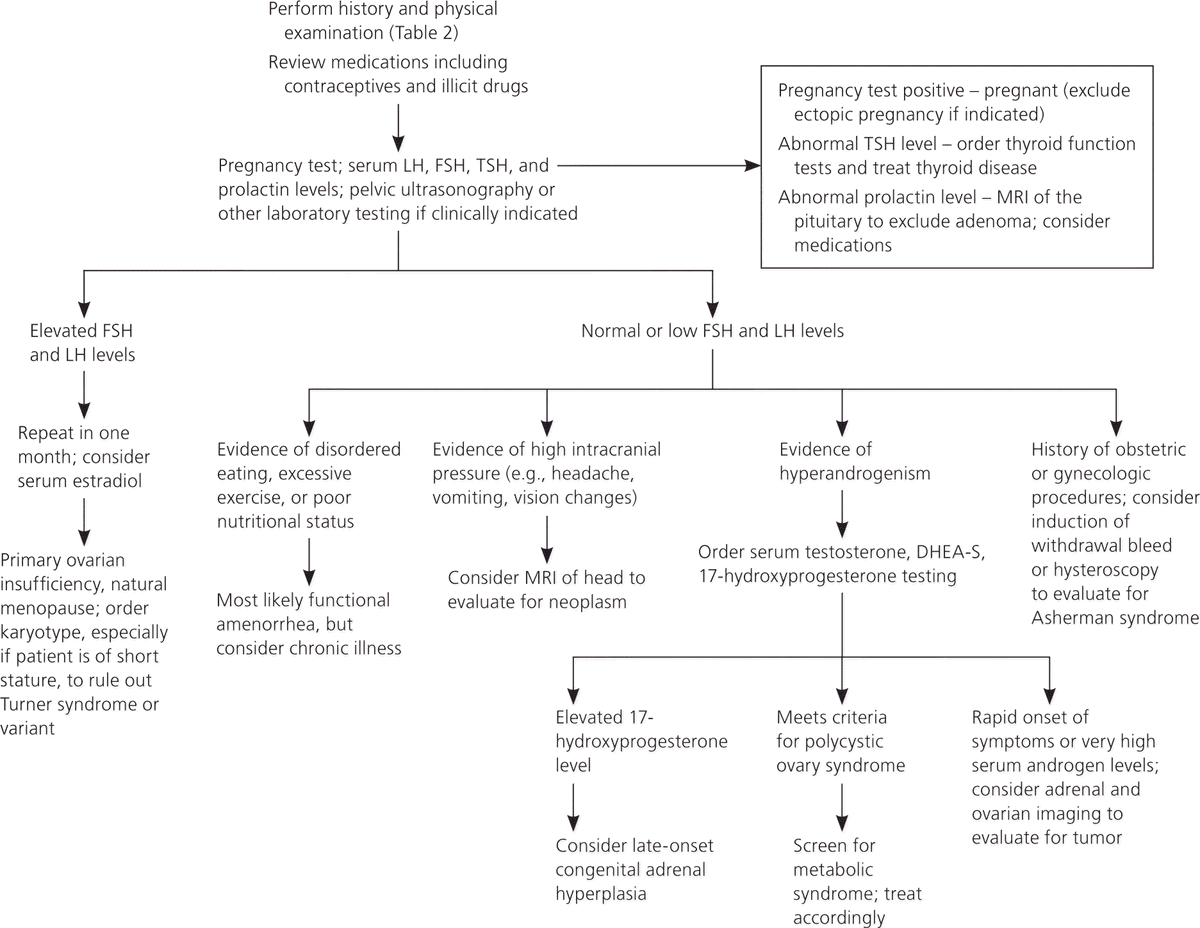 Many people with cardiovascular disease may not have symptoms but are at high risk. Diabetes mellitus, high blood pressure, smoking and high cholesterol, as well as a positive family history of cardiovascular disease, are well-known risk factors. Elevated homocysteine levels have recently been identified as a risk factor for cardiovascular disease. Homocysteine is an amino acid, and its plasma level depends on the blood levels of B vitamins: cyanocobalamin (B12), folic acid (B9) and pyridoxine (B6). This review is an update of a previous review published in 2015.
Many people with cardiovascular disease may not have symptoms but are at high risk. Diabetes mellitus, high blood pressure, smoking and high cholesterol, as well as a positive family history of cardiovascular disease, are well-known risk factors. Elevated homocysteine levels have recently been identified as a risk factor for cardiovascular disease. Homocysteine is an amino acid, and its plasma level depends on the blood levels of B vitamins: cyanocobalamin (B12), folic acid (B9) and pyridoxine (B6). This review is an update of a previous review published in 2015.
Study profiles
Evidence current to June 2017. We included 15 studies with 71,422 participants from countries with or without mandatory food fortification. These studies compared different treatment regimens with B complex vitamins (cyanocobalamin (B12), folic acid (B9) and pyridoxine (B6)) with a control group or another comparison group. The studies were published between 2002 and 2015.
Key Findings
We found no evidence that homocysteine-lowering interventions with vitamin B6, B9, or B12 supplementation, given alone or in combination at any dosage, compared with placebo or standard care, prevented heart attacks or reduce mortality in participants at risk or with established cardiovascular disease. Homocysteine-lowering interventions in combination with antihypertensive agents had an uncertain effect on stroke, with approximately 143 people needed to be treated for 5.4 years to prevent 1 stroke. Homocysteine-lowering interventions compared with placebo or other treatments did not affect the development of serious adverse events (cancer).
Quality of evidence
The quality of evidence from these studies was generally high.
If you found this evidence helpful, please consider donating to Cochrane. We are a charity that produces accessible evidence to help people make health and care decisions.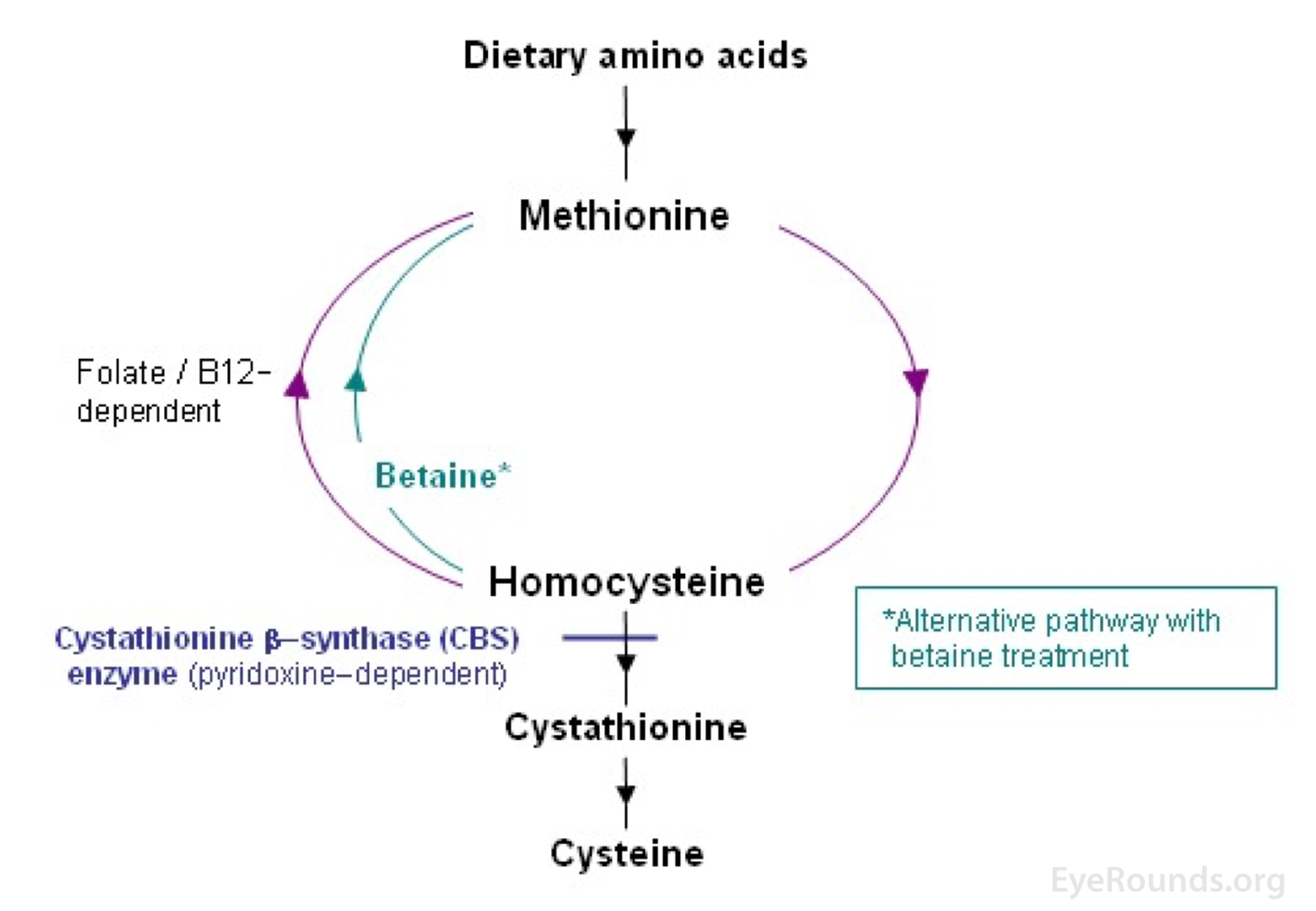


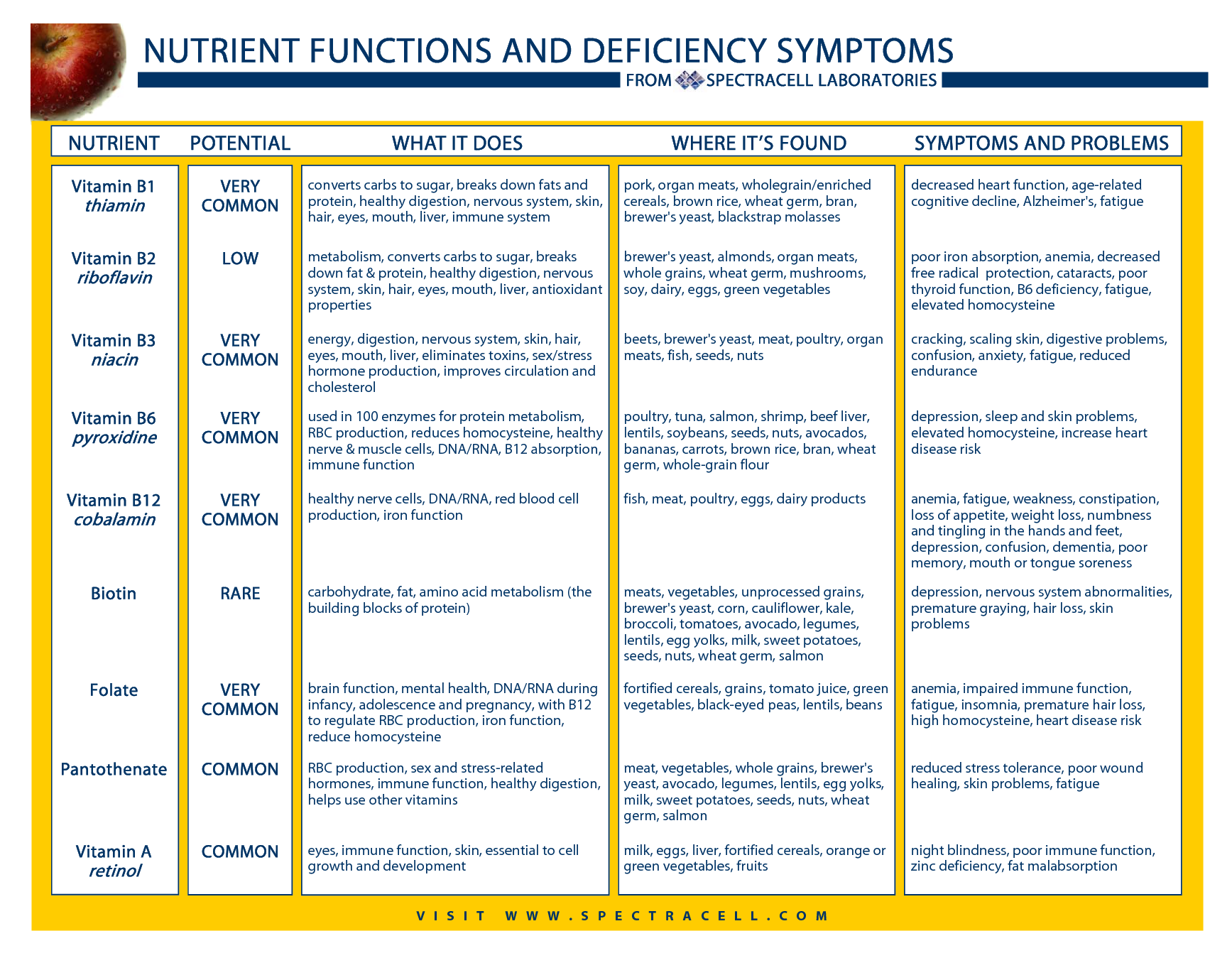
 et al. // Lancet 2007; 369:208-16.
et al. // Lancet 2007; 369:208-16.